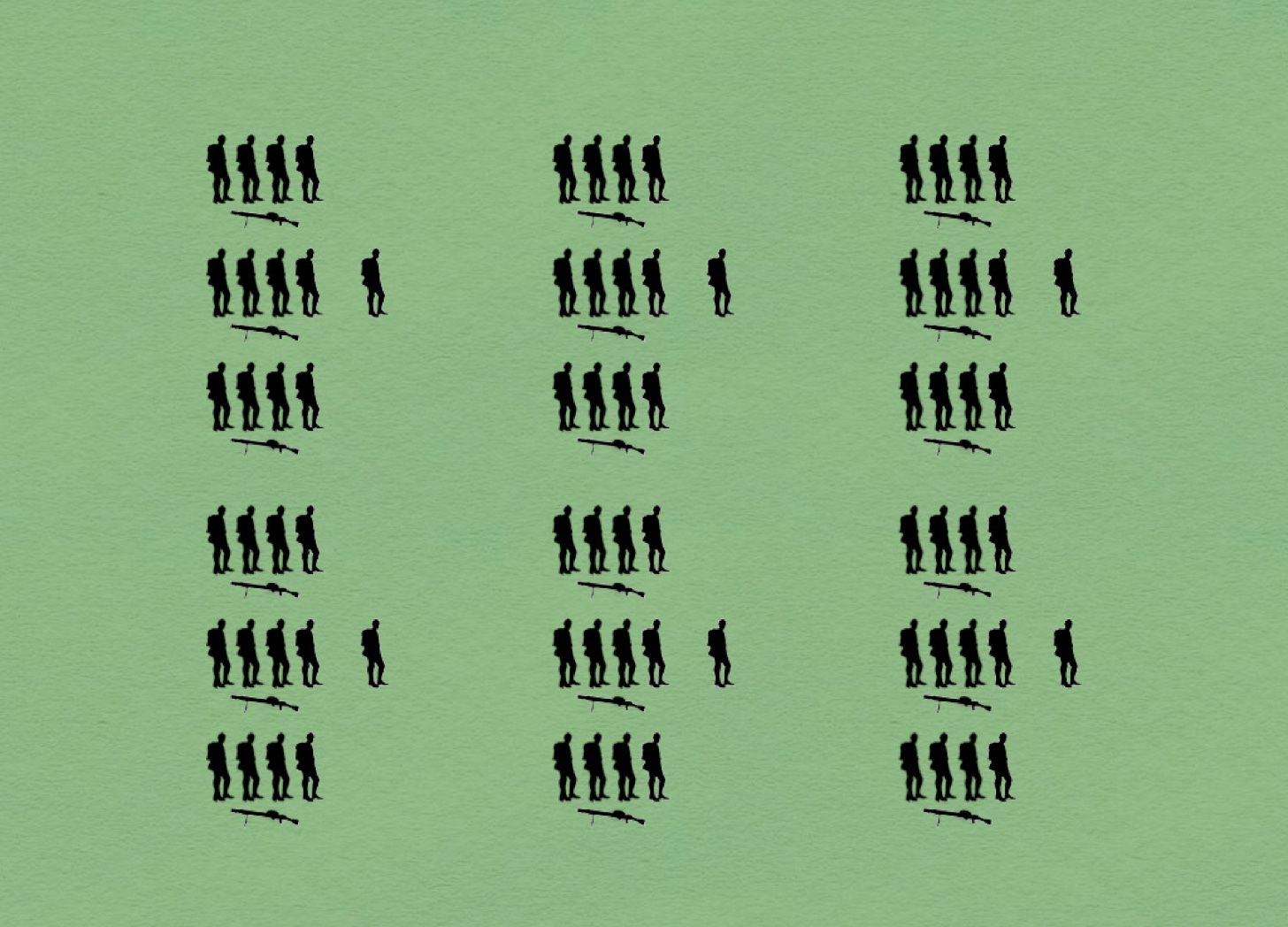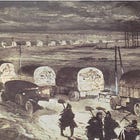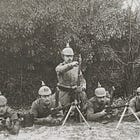On 24 February 1917, Ernst von Wrisberg (1862-1927), the officer at the Prussian War Ministry in charge of forming (and reforming) units, signed a letter ordering the 2nd Musketen Battalion to exchange its Madsen light machine guns for Lewis guns. In the course of doing this, the line companies of the two-company unit (which was the smaller of the two Musketen Battalions), would also exchange one table of organization for another. In particular, the companies lost nine of the twenty-seven four-man light machine gun teams that they had previously been authorized.
As before, the teams would be grouped by threes to form squads, each of which was led by a non-commissioned officer (Unteroffizier.) However, rather than being formed into three-squad platoons, the squads were paired off to form two-squad platoons. (One of these platoons was led by a lieutenant. The other two were placed in the charge of senior non-commissioned officers who wore the rank of Vizefeldwebel.)
One motivation for this recasting of the 2nd Musketen Battalion may have been a shortage of Madsen guns. (The order included instructions for using some of the Madsen guns to bring 1st Musketen Battalion up to establishment and sending the rest to the Rifle Testing Commission at Spandau.) Another reason for the reform may have been a shortage of personnel, whether in the 2nd Musketen Battalion or the Musketen community as a whole. (The order also made provision for transfer of soldiers made redundant by the reform to the training and replacement unit that supported both Musketen Battalions, Ersatz-Musketen-Kompanie Nr. 1.)
Sources: Prussian War Ministry, letter of 24 February 1917, preserved in Folder PH 3/1238 at the German Federal Archives [Bundesarchiv]. (For a stand-alone copy of the document, please visit this page at the Military Learning Library.)
To Share, Support, or Subscribe:
For Further Reading:








Any combat?